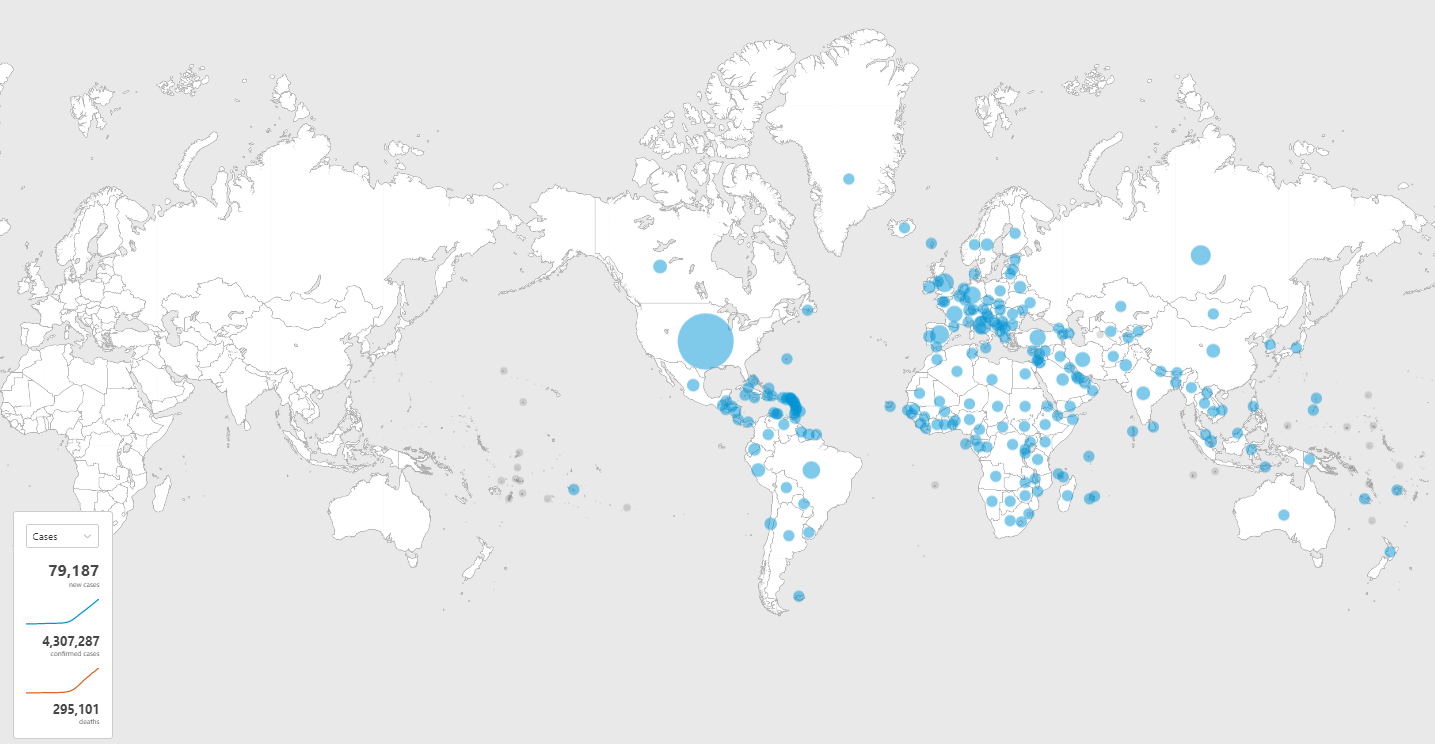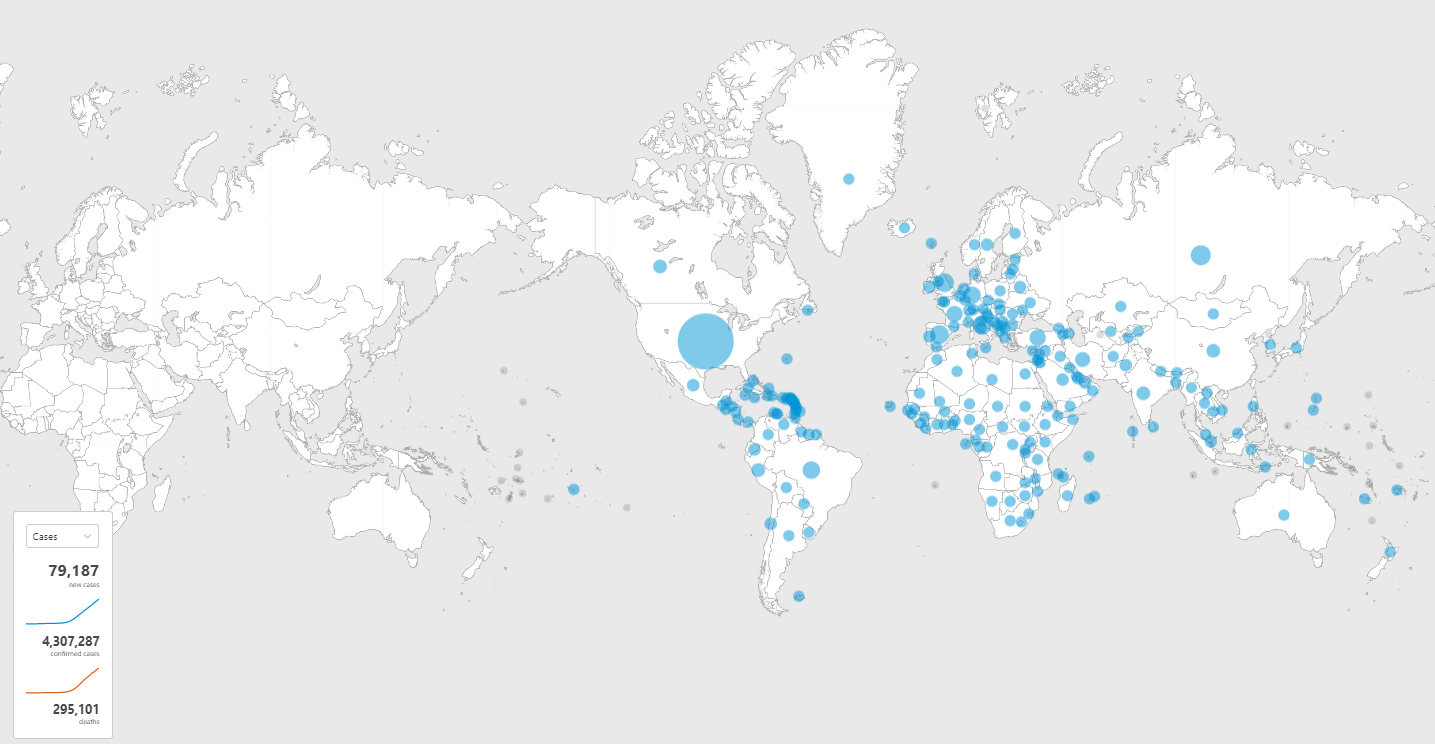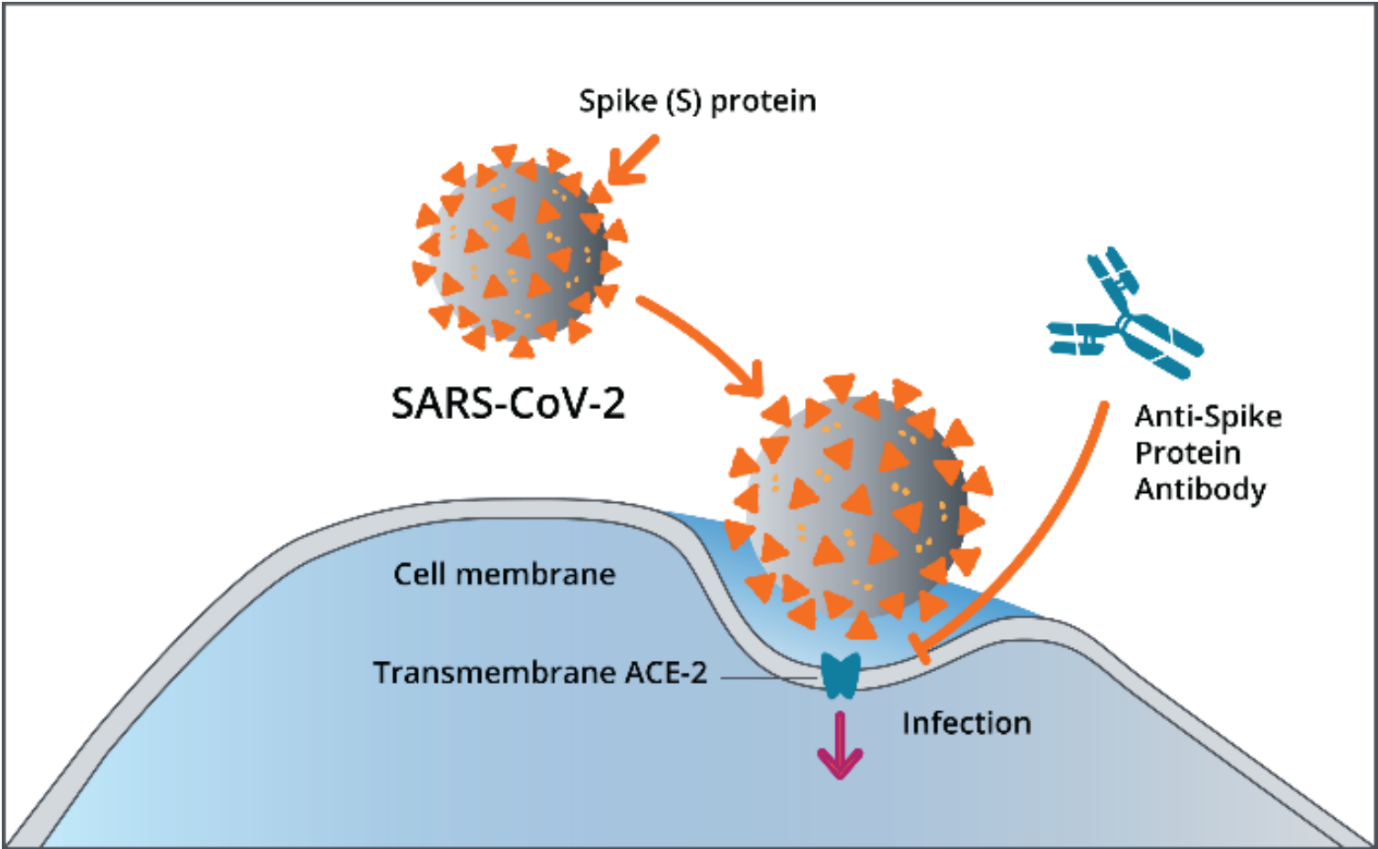


The nCOVID-19 (Coronavirus disease of 2019) is part of a versatile family of viruses known as coronaviruses. The name coronavirus comes from the crown-like spikes on their surface. (Note: The virus is not related with Corona beer) Later renamed as “Severe Acute Respiratory Syndrome coronavirus 2,” or SARS-CoV-2 by the International Committee on Taxonomy of Viruses. As the name suggests the virus causes respiratory problems or lung infection majorly humans. SARS-CoV-2 (Severe acute respiratory syndrome) was first identified late last year and currently, there are 4 million active cases with nearly .3 million cases of deaths according to WHO (World Health Organisation) till 15THMay 2020 worldwide as shown in the Figure below. The question here is why breathing issues? or what actually happens in the respiratory system?
SARS-COV-2 and Your lungs
Everyone around us are following the guidelines advisable by WHO till the time any silver lining of vaccine development comes. But do we all know what actually happens when the virus enters our body? It comes into contact with the mucous membranes that line your nose, mouth, and lungs. For now, assume your respiratory tract as a railway circuit. The trachea or windpipe is the start point that later branches and goes through a complex route narrowing in your lungs. The route of infection has major implications for understanding the pathogenesis and future treatment strategies for SARS-CoV-2, Many researchers investigated the localization of ACE2 (Angiotensin-converting enzyme 2) protein distributed in various human organs (oral and nasal mucosa, nasopharynx, lung, stomach, small intestine, colon, skin, lymph nodes, thymus, bone marrow, spleen, liver, kidney, and brain). It is an enzyme attached majorly to the outer surface (cell membranes) of cells as a shield in the lungs where the Spike protein of nCOVID19 invades into the cell by showing a high binding affinity with ACE2 and delivering the viral RNA into the host cell causing breathing and respiratory issues.
“Everything You Need to Know About Coronavirus”
https://www.berkeleylights.com/blog/everything-you-need-know-about-coronavirus/
Lungs are the organs most affected by COVID-19 as the host cell receptor ACE2 abundant cell of the lungs. As the disease progress respiratory failure might develop and death may follow. It also found that someone with existing respiratory problems is at greater risk.Unfortunately, there is no specific vaccine or drug available to treat COVID-19 and preventive measures like social distancing, usage of masks at public places, and frequent sanitization becoming the only tools to slow the spread of the disease. In that context, discovery of new drugs as well as repurposing of the existing drugs to treat the disease is needed on an urgent basis.
References
- Hamming, I., Timens, W., Bulthuis, M., Lely, A., Navis, G. and van Goor, H., 2004. Tissue distribution of ACE2 protein, the functional receptor for SARS coronavirus. A first step in understanding SARS pathogenesis. The Journal of Pathology, 203(2), pp.631-637.